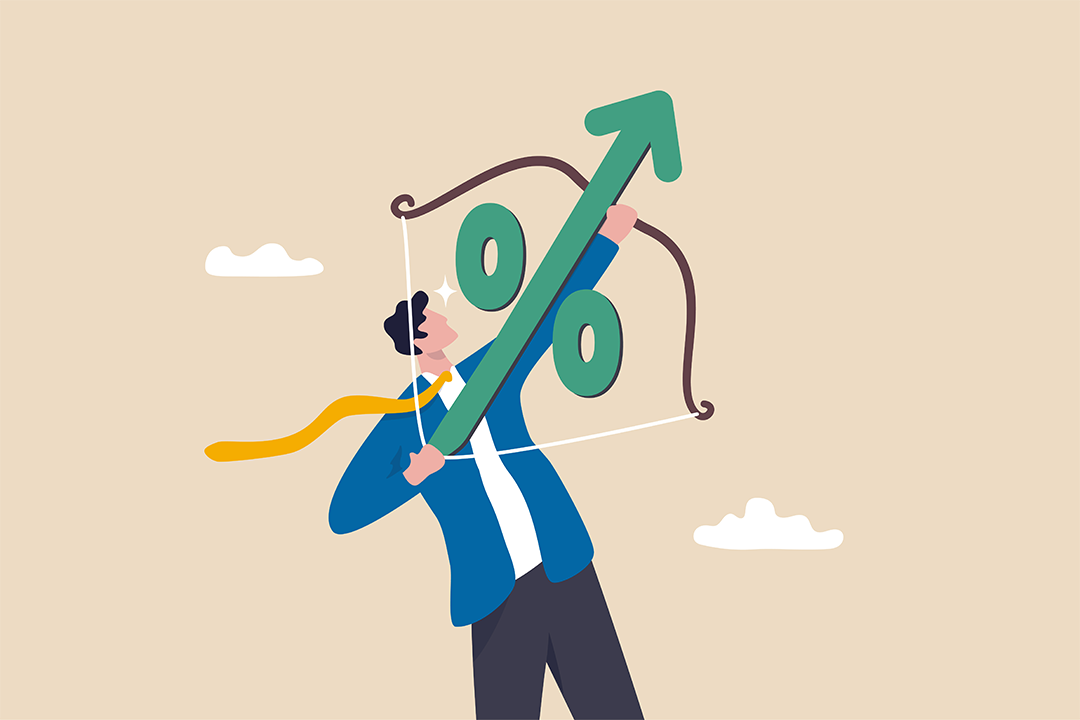

We’ve had a double rate rise of 0.5% but will we have a trifecta, with economists expecting another increase in August? And will it be 0.5% again or possibly 0.25%? Economists are purely guessing and in reality, the Reserve Bank Governor and his board are also in a guessing game. So it will be economic data that will determine the magnitude of the next rate rise.
What economic data?
The biggie will be the latest Consumer Price Index reading in late July, which happens a week before the next meeting of the RBA board. If it’s big and worryingly high, you can bank on another 0.5% rise.
The media keep telling us (via hints from the RBA) that inflation could be 7% by year’s end, which wouldn’t be good news for interest rates. However, the AFR’s survey of 32 economists tells a different story.
Most economists surveyed ticked a number starting with a 4% or 5% figure. Two believed it would be 7% or higher, while four others were in the 6% neighbourhood. So the conclusion was that most economists think inflation won’t become a 7%+ nightmare at the end of 2022. A big figure like 7% would be bad news for borrowers who carry too much debt to easily service.
Given the cash rate is now 1.35%, the bad news is that most economists have the cash rate at 2% or higher by year’s end.
Let’s look at how these rate rises are set to slug Aussie consumers.
AMP’s Shane Oliver points out that: “A new borrower with an average $600,000 mortgage will have seen around $420 a month increase in their monthly repayment since April once the latest rate hike is passed through. That’s nearly an extra $5,100 a year.”
That’s with the 1.25% rise in rates since April. And you can assume future 0.25% hikes will hit borrowers by $1,020 a year.
That means if the cash rate goes over 2% by the end of this year (as many economists predict), borrowers with a $600,000 loan could lose another $3,000 or so from their savings to meet repayments.
In total, giving up an extra $8,000 a year to bankroll a home with a $600,000 loan will hurt a lot of consumers and households. And if the loan is say $1.2 million, we’re talking about an extra $16,000 going out in repayments. That’s got to hurt big time.
The RBA has to be careful that it doesn’t push too hard and create a recession. Fortunately, all 32 economists don’t expect a recession, but, as I said earlier, with rate rises and their impacts, it can be a guessing game.
So now we are slugged by the RBA and then our lenders will depend on not just the CPI reading before the next board meeting but also data such as consumer and business confidence, house price falls, unemployment, retail sales, dwelling approvals, wage rises and others that give us a reading on how the economy is growing as well as generating price rises.
Right now, headlines indicate that the consumer is not totally spooked (yet) about rate rises, as the following shows from last week:
These indicators scream that rate hikes aren’t scaring us enough, though they were all readings from May and reported only last week!
The RBA will want to see the economic data that takes into account these two 0.5% rate rises. The only ‘interest rate’ sensitive indicators that really have been impacted notably are housing prices and auction clearance rates. In this important sector, property buyers are spooked and sellers are worried.
If you’re doing your budgeting for the rest of this year, you have to think a 2% cash rate is a chance, which would mean interest rates go up another 0.65%. But if the overall scare factor brewing now ends up being bigger, and inflation caused by China’s lockdowns and the Ukraine war begins to fall between now and Christmas, we might get a surprise gift by year’s end of fewer rate rises than currently expected.
But that’s my best guess. Like the RBA, I need to see the post-June rate rise economic data before I can believe my guesses are a good chance of being on the money.